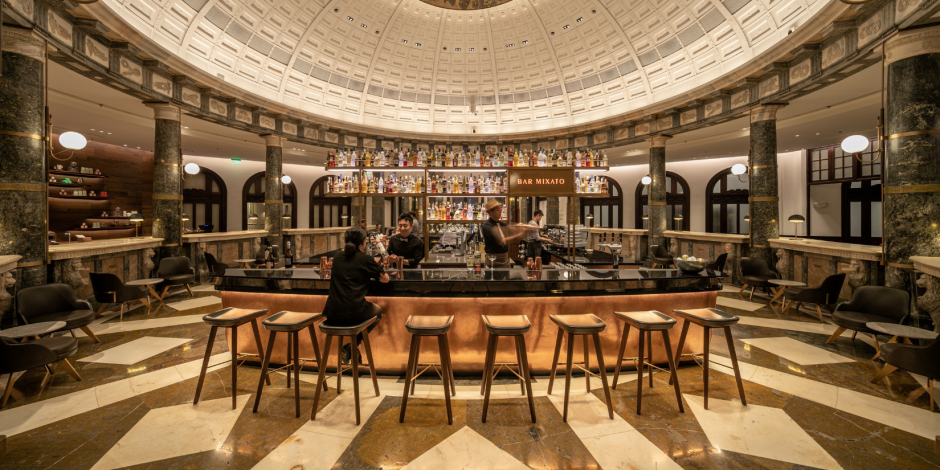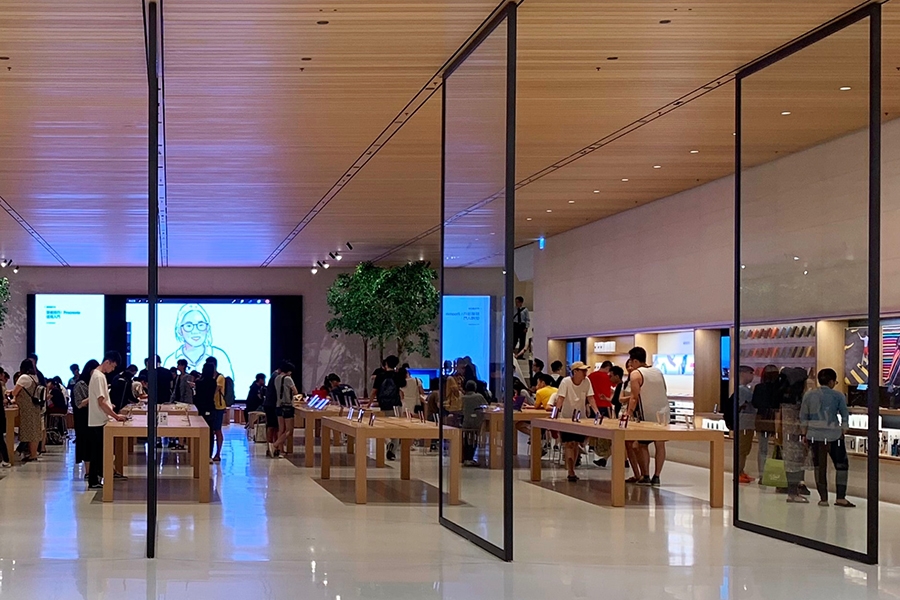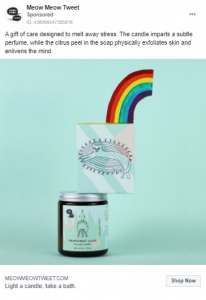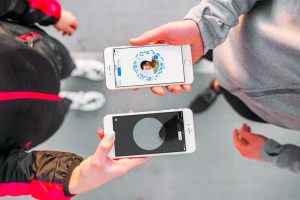— September 11, 2019
At Stryve, we believe that it’s important to cross-pollinate with other professions and industries. To seek inspiration outside of marketing. To boldly go where no one has gone before! That’s why you might run into us at a conference about architecture, or a workshop on floral arrangement. It’s one of the greatest things about working at an agency. With every client, we get to learn about new products and industries. Recently I’ve been working on a retail program with our client, Axonify, and reading through all their great content about improving the retail experience got me thinking: It’s all about the experience.
I was at the mall on the weekend. It’s a necessary evil when you don’t leave enough time for shipping. Rookie mistake. The parking lot was packed. Teenagers everywhere. I was living my own personal nightmare. But despite there being exactly 0 available parking spots in a 3-mile radius, activity in the mall wasn’t as evenly distributed. Some stores were bustling, with lines out the door. Others were dead. I think I saw a tumbleweed blow through one. It was pretty obvious why some stores were doing so much better than others.
If you’re like me, and you prefer to avoid malls, hiding out in your basement and shopping online, scrolling through that endless feed of Etsy products and whispering ‘my preciouuusss’ upon finding the perfect item, then you may not have experienced some of the interesting new ways that retailers are enticing people to come in. Here are some cool ways that retailers are stepping up their game:

Starbucks
Starbucks is known as being a place to hang out, either to work or to socialize. It’s a core part of their brand and no other coffee shop has been able to attain quite the same reputation. Sure, every Tim Hortons parking lot seems to attract those weird car meetups (perhaps they need to embrace that in their own marketing? Tim Hortons hit me up!) but I’ve never heard a coworker say they’re going to go work from Tim Hortons. Starbucks strives to be the ‘third-place’, after home and work, and in 2019 have revisited this concept. Recently, they took over a heritage site in China, opening up an experience-led Starbucks Reserve store as part of this push towards further establishing itself as the third place. In line with this strategy, they also changed their policies so that you don’t need to make a purchase to hang out in Starbucks (not that I’ve ever been able to say no to a Cinnamon Dolce Latte in my entire life).

Apple
It’s a rare day that I walk by an Apple store and it isn’t full of people hanging out. You’ll often see staff playing with the latest gadgets and encouraging customers to try them. But one of the most unique ways Apple encourages people to come into their stores is through their Today at Apple experiences. These workshops cover all sorts of topics such as music, photography, coding, and design, but they all share one thing in common: they get you into the Apple store. I tried out one of these sessions when I was killing time between appointments. I did a group working session where I brought in my iPad and Apple Pencil and spent time drawing in Procreate while an Apple employee hung around to offer tips, tricks, and help with your Apple product (or your project). During this session, I met a children’s book writer who often hired nature illustrators. It led to a very interesting conversation that I can’t imagine happening at any other store.
Without pushing sales, Apple gets people into their ecosystem and using their products. Take their Coding Lab for Kids workshop for example, which teaches kids basic programming using Apple devices. They provide value while getting kids familiar with their products. Gotta start those future customers while they’re young! While the Microsoft store sells similar types of products and even designed their stores in a way that resembles Apples’, I’ve never seen quite the same traffic at a Microsoft store.
MEC
MEC knows that bringing people of similar interests together in a physical location is a great way to build a community. To do this, Mec runs workshops (both free and paid), group adventure trips, and gear swaps. They foster a sense of community with the retailer being the facilitator.
Tiffany & Co
Providing a personalized, entertaining experience helped draw people into Tiffany & Co’s James Street ‘Style Studio’ store in London. The store, which was initially conceived as an experiential pop-up store, was outfitted with concrete flooring, an Instagrammable neon sign, and perfume vending machines. Customization was also a priority, with a customization bar (featuring a sign suggesting a hashtag) which allows clients to personalize their purchases with engraving and embossing, choosing from pre-made images or drawing their own on the store’s iPads. The store proved so successful it became a permanent location.
The common thread
While digital marketing often has the opposite problems of brick-and-mortar retailers, there are still parallels. Have you ever been to a store where you were constantly interrupted or even hounded by salespeople? I’m sure you’ve also been to websites with disruptive popups, peddling their shitty newsletter that sends you three emails a day about the latest sale. Neither are good user experiences and both risk scaring potential customers away.
Stores that aren’t thinking deeply about their customer experience are dying. When the experience starts and stops at “here are our products on a bunch of shelves. You want it or not?” many people won’t see the value in going into the store. The same can be said about marketers that aren’t putting the customer experience first. Their messages are getting lost in a sea of other marketing, or worse, driving people away with terrible user experiences. There’s a reason so many people are using ad blockers now.
Why do digital marketers need to think more deeply about the experience?
Retailers and marketers are both facing a challenging environment. Retailers are struggling to get people into their stores, competing with the convenience and ease of online shopping, and the pressures of the Amazon.coms of the world. Digital marketers are facing stricter privacy regulations, increased use of adblockers and information-overloaded audiences. Marketing is getting harder. Now more than ever, both retailers and digital marketers need to focus on the experience and providing value to their audience.
How can digital marketers apply these learnings?
While digital marketers can’t directly apply these in-person experiences, they can take away some key learnings:
- Apply hands-on experiences virtually, for example, AR that allows you to try things on virtually or 360-degree views that allow you to walk a showroom virtually.
- Provide personalized expertise. Help your customer via chatbot. This doesn’t just apply to B2C. Maybe you sell fasteners to engineering firms and they need advice as to which one they should use for their projects.
- Provide value to your customers upfront. Excessive gating of your content can turn off a potential customer and interrupt their research process.
- Don’t disrupt the experience through aggressive popups or fly-ins. Put your CTAs in well-thought-out places that aren’t intrusive.
- Make it entertaining
Oh yeah, and maybe go into a store or mall once in a while. It might just inspire you.
Digital & Social Articles on Business 2 Community
(11)






